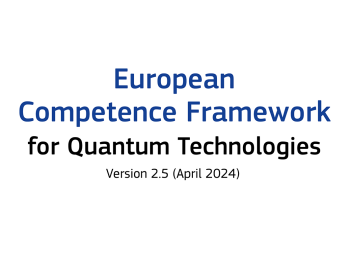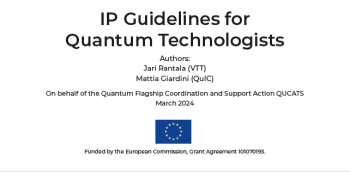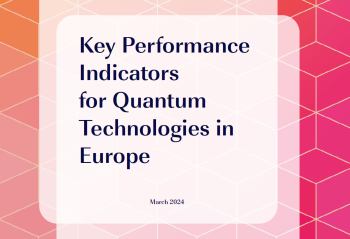The Quantum Flagship projects QMICS and OpenSuperQ present a superconducting circuit architecture suitable for digital-analog quantum computing and feasible in the current experimental setups. This paves the way for resource-smart quantum computers.
One of the remaining challenges in quantum physics is understanding and exploiting the quantum systems that have multiple particles interacting, known as many-body systems. It is difficult to calculate the dynamics of those systems, but in the more complex ones, some problems cannot be solved or analysed.
In order to study these systems, researchers use other platforms known as quantum simulators, that they can control and manipulate. These simulators are physical platforms such as optical lattices, trapped ions or superconducting circuits and can be either analog, digital, or analog-digital. Analog simulators have the downside of not being universal, and something that digital simulators are; however, they lack accuracy and require error correction to scale up, which means they are rather impractical for the existing platforms. In contrast, digital-analog quantum simulators have several advantages; they can target different models or algorithms, are more accurate, present more efficient coherence times, and thus, are better suited for current noise-intermediate scale quantum architectures. These particular architectures are considered intermediate-scale platforms because they do not have a large number of qubits and, thus, are rather noisy because they cannot spare a percentage of qubits to use for error correction.
In a study published in EPJ Quantum Technology, researchers from the Quantum Flagship projects QMICS and OpenSuperQ present a design for this third type of quantum simulators based on superconducting circuits, which take advantage of both digital steps and the analog blocks. For digital steps, they used individual qubit rotations, while for analog blocks they used parametrized multi-qubit operations, which allowed them to beat the digital quantum computing algorithms.
The superconducting circuit architecture that they built consisted of a chain of superconducting charge qubits, which were coupled by superconducting interference devices. These devices, called SQUIDs, were placed separately at a distance between each other and were able to leverage the different energy gaps of their neighbouring qubits. This allowed the researchers to control and manipulate the qubits individually, producing different and independent interactions among them, activating or deactivating features like the exchange interactions.

Circuit diagram of two charged qubits (green) coupled through a grounded SQUID (blue).
The team also tested the system by performing a complex simulation model, showing that the design is also suitable for computing and simulating complex systems in quantum platforms.
The proposed design brings us closer to resource-smart quantum computing, where the advantage that these quantum systems offer can be achieved with fewer algorithms and hardware resources. In the future, this kind of architecture could be extended to two-dimensional arrays of qubits coupled through grounded SQUIDs, opening the door to more efficient simulations.
Cited article:
Yu, J., Retamal, J.C., Sanz, M., Solane, E. & Albarrán-Arriagada, F. Superconducting circuit architecture for digital-analog quantum computing. EPJ Quantum Technol. 9, 9 (2022). https://doi.org/10.1140/epjqt/s40507-022-00129-y



